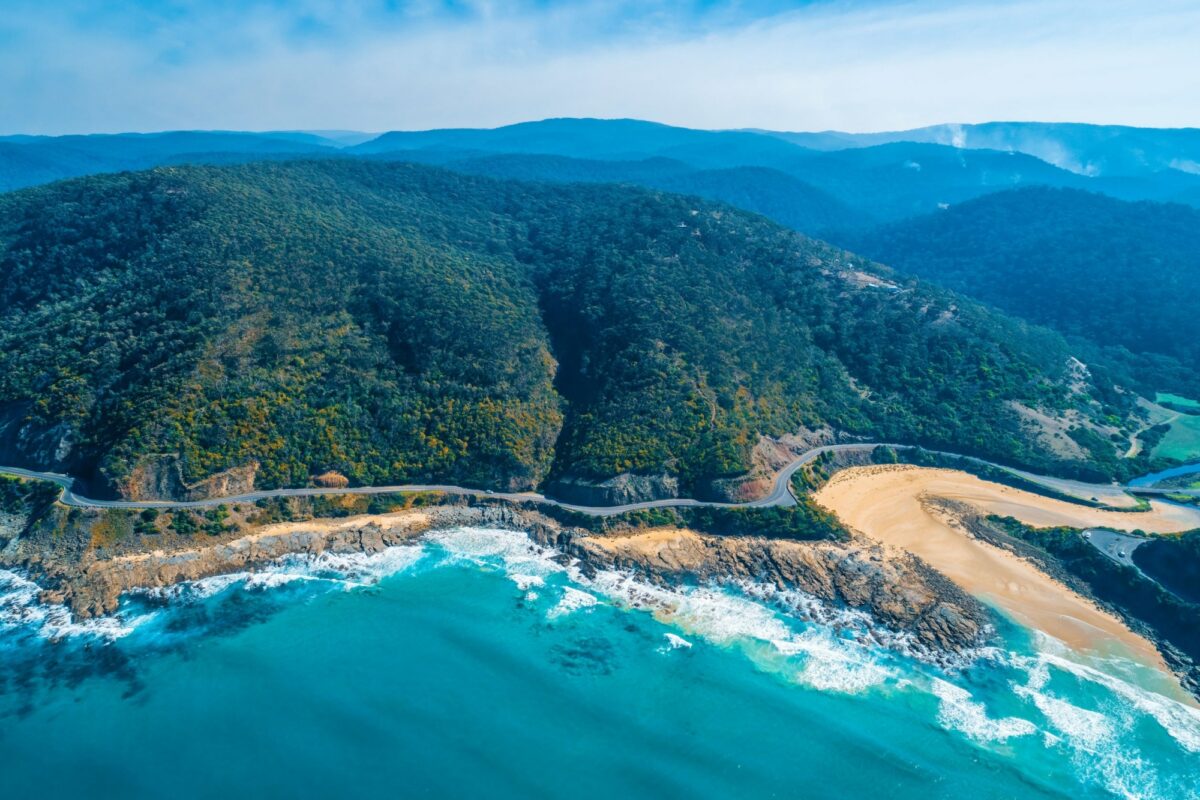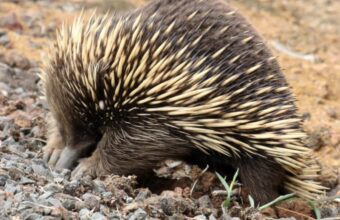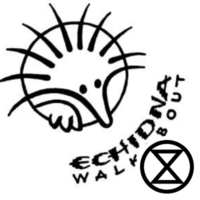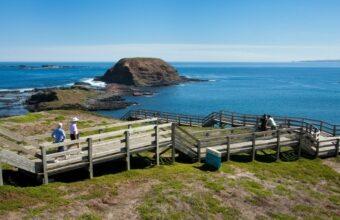Great Ocean Road Trip
Drive Victoria's coastal highlights
Driving the Great Ocean Road is one of the most popular trips in Australia. Snaking Australia’s southern coast, the route includes the highlights of Victorian diversity.
You’ll encounter some of the country’s most unique local wildlife, from koalas and kangaroos to bushtails and bandicoots, in grasslands, rainforests, volcanic pits and dramatic cliffs.
You can cover the whole route in a high-paced day tour from Melbourne, but if you have the time take a few days to explore.
The Great Ocean Road trip
Approx. distance: 670km (416 miles)
Duration: Two to three days
Suggested route: Melbourne—Apollo Bay—Cape Otway—Aire River Beach—Great Otway National Park—Twelve Apostles—Port Campbell National Park—Tower Hill—Melbourne

The famed Great Ocean road from Apollo Bay, Victoria
Great Ocean Road trip itinerary
Some people try to do the entire loop in a day; It's much more advisable to space it out across a more leisurely two to three days.
Stage one: Melbourne to Apollo Bay town (197km, two to three hours)
Stage two: Apollo Bay town to Cape Otway (28km, 30 minutes)
Stage three: Cape Otway to Aire River Beach (18km, 25 minutes)
Stage four: Aire River Beach to Great Otway National Park (8km, 20 minutes)
Stage five: Great Otway to Twelve Apostles (61km, one hour)
Stage six: Twelve Apostles to Port Campbell National Park (1km, 15 minutes)
Stage seven: Port Campbell to Tower Hill (86km, one hour)
Stage eight: Tower Hill to Melbourne (268km, three hours)
Highlights on the Great Ocean Road trip
Curve the coastline via Apollo Bay
The Great Ocean Road officially starts at the town of Apollo Bay. Following the road around the bay, you’ll find your route littered with captivating coastal views.
But, these aren’t home to the picturesque white sands and gentle waves that are often associated with Australian shores. Stopping off by the side of the road, you’ll find tall grasses tickling your knees and sharp winds whipping round the coastal bends.
Skilful surfers navigate the lashing waves and families gather for walks along the rocky cliff sides. Watching them from the shelter at the foot of the Otway Lighthouse, you may catch a glimpse of the southern right whale migration around Australia’s south coast (May-October) or penguins heading home after a day fishing.
Following the road from Apollo Bay, you should stop off at Blanket Bay, Parker Inlet, Crayfish Bay, Castle Cove and the Aire River beach. Each one offers a welcome break from driving, an opportunity to enjoy the most beautiful beaches in Victoria, and quaint hamlets shaped by their laid back surfing culture.
Explore the treetops of Great Otway National Park
Lost in the dense interior of the Victorian bush, you’ll find yourself half an hour and a world away from the wind-swept sea. The tips of mana trees are lost to the clouds and the bridges that cross them make for the perfect vantage to spot some of Australia’s most unique critters. Set 47 metres above ground, the treetop walk offers a peek into life at the forest ceiling, with snoozing koalas wedging themselves between eucalyptus branches and kookaburras fluttering around the rails. If you’re up for a thrill, there are also opportunities to take a zip-line through the ancient forest.
Back at ground level, trails through the thickest patches of the forest open to cold waterfalls, tumbling from the bush. Choose from the many treks available throughout the park to find which best suits your abilities and your schedule, with highlights including Triplet Falls (2km, moderate difficulty), Hopetoun Falls (1km, easy), Beauchamp Falls (3km, strenuous), Stevenson Falls (500m, easy) and Sabine Falls (3.6km, moderate).
Spot almost Twelve Apostles on the Shipwreck Coast, Port Campbell
Contrary to their famous name, there are actually eight apostles. Naturally eroding over time, the rough-hewn limestone pillars that are still standing are no less impressive. Stretching out in a haze of distant sunset, the scale of the landscape is astonishing even from a high vantage.
Take a trip down the Gibson Steps route, carved into the cliffs, to see the statues from their best angle. At sea level, you’ll find yourself dwarfed by the Apostles. One of the most dramatic and memorable sites on the Great Ocean Road, the view from the bottom of the steps is not accessible at all times. You should be aware of tide time and ocean swells before heading down, locals advise never turning your back to the sea because out here conditions change drastically. Allow for 60-80 minutes climbing time.
The imposing rock face of nearby Loch Ard Gorge gave the Shipwreck Coast its name. The wreck of Loch Ard, one of eight famous wrecks in the bay, still sits south of Mutton Bird Island. Marooned there in 1878, the ship held only two survivors. The grizzly tale is marked along the trail between the beach and the hillside graveyard that houses the victims of the wreck. If you’d prefer to focus on the area’s natural beauty, hike the Geology Trail and spot Loch Ard’s blowholes and unique offshore stacks.
Just up the road, you’ll find yourself at London Bridge. A rustic companion to the UK landmark, the offshore arches were connected to the mainland until 1990. Though a natural marvel in itself, most visitors are a little preoccupied watching the waddles of the 100-odd penguins living near the London Bridge lookout.
Finish up your time in Port Campbell at Martyr’s Bay. Many believe that the name refers to the stone stacks standing sentinel, guarding Australia along the edge of the Great Ocean Road, which is the world’s largest war memorial. Others think it memorialises the deaths of a large group of Karrae-Wurrong Aboriginal men, herded off the cliff’s edge by early settlers. Whichever you believe, the views over the unique coastal landscape are undeniably spectacular.
Tower Hill National Park
Most tours finish at Port Campbell National Park, but it’s worth driving the extra hour to Tower Hill, home to an extinct volcano. The fertile land that fills the volcanic park makes the perfect habitat for all kinds of curious creatures, and it’s easy to spot echidnas, emus, possums, and kangaroos.
The landscape in Victoria’s oldest national park is defined by the tranquil lake, pooled at the foot of the 30,000-year-old volcano. In the springtime, wildflowers fill the grassy slopes of the crater, and the micro-ecosystem supports more than 200 animal species.
The original owners of the land, the Koroitgundidj Aboriginal community, operate tours, offering opportunities to learn about indigenous Australian culture in Tower Hill. Worn Gundidj teach visitors about the re-vegetation process undertaken in the park, necessary after settler communities stripped the area of its natural resources and introduced European-style agriculture. Their expert guides allow visitors the opportunity to experience the park with a local and discover the site’s natural beauty.








